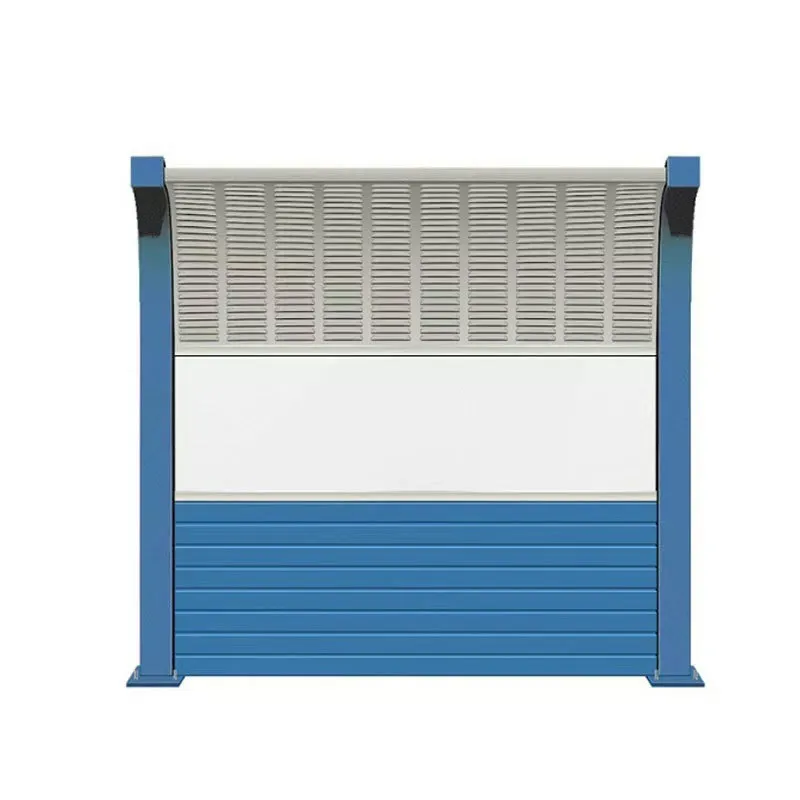
(barbed wire rope)
Barbed wire rope stands as an essential component in a vast array of industries, supporting critical infrastructure such as perimeter security, architectural facades, and animal enclosures. Advances in stainless steel wire rope mesh net technologies have propelled these materials far beyond traditional fencing, offering a remarkable blend of safety, flexibility, and aesthetic integration. From deterring unauthorized access to enabling creative structural designs, these rope systems deliver measurable value. According to the Global Wire Rope Industry Report 2023, the sector experienced a 5.7% annual growth rate, fueled by the expansion of both commercial and governmental security projects. This robust demand underscores the necessity for reliable, high-performance wire solutions in diversified applications.
The transition from galvanized components to stainless steel wire rope mesh represents a significant leap in terms of durability and flexibility. Contemporary engineering leverages Grade 304 and 316 stainless steel, which offer superior tensile strengths averaging 1570 MPa, compared to around 1170 MPa for conventional alternatives. This results in higher load-bearing capacities and longer service life, reducing total cost of ownership. The mesh architecture is customarily woven in diamond or square patterns, ranging from 20mm to 120mm aperture, with wire diameters between 1.2mm and 4mm—enabling designers to finely tune both strength and appearance. Critically, these wire systems resist corrosion even in marine and coastal environments, as evidenced by over 15,000 marine barrier installations worldwide maintaining over 95% material integrity after a decade in operation.
Selection of the appropriate manufacturer significantly influences product reliability, compliance, and project success. Leading global manufacturers have invested in state-of-the-art technology, third-party quality certification (ISO 9001, SGS), and vertically integrated production chains. The table below summarizes specific features and comparative performance metrics for three top industry providers:
| Manufacturer | Core Material | Mesh Size Range | Certifications | Lead Time (days) | Global Projects Delivered | Custom Design Support |
|---|---|---|---|---|---|---|
| MeshPro SteelWorks | 304/316 Stainless Steel | 20mm - 120mm | ISO 9001, SGS | 15–20 | 7,800+ | Yes |
| SecureFlex Solutions | Galvanized Steel, 304 Stainless | 25mm - 100mm | ISO 9001 | 20–25 | 6,100+ | Conditional |
| EcoMesh International | 316 Stainless Steel | 22mm - 110mm | SGS, CE | 10–18 | 9,200+ | Yes |
Data indicates that industry frontrunners deliver not only customized mesh solutions but also maintain faster lead times, broad compliance credentials, and documented project histories across over 90 countries.
The design and specification of stainless steel wire rope mesh net require a close understanding of functional requirements, environmental exposure, and regulatory standards. Modern production lines support digital CAD-based customization, allowing clients to specify mesh aperture, rope thickness, and even custom shapes. These precision-engineered products are tailored for applications as diverse as aviary domes, suspension bridges, green wall trellises, and high-security boundary barriers. According to a survey by the Architectural Mesh Association, 73% of architects favored suppliers who offered design consultation and post-sales technical advice, signifying the demand for turnkey solutions. The net's flexibility allows installation in complex geometries and retrofitting on historic structures, with minimal need for invasive anchoring or support systems.
Real-world deployment of wire rope mesh nets demonstrates their adaptability and performance across sectors. Notable examples include:
As environmental standards rise, product lifecycle sustainability becomes a central consideration. Stainless steel wire rope mesh offers significant advantages: it is 100% recyclable and frequently assembled using mechanical clamps, avoiding toxic adhesives. Life cycle analyses reveal that stainless steel mesh produces up to 43% less greenhouse gas emissions than equivalent concrete or polymer panel barriers over a 30-year period. Additionally, the self-cleaning properties of smooth stainless surfaces minimize maintenance-related chemical usage, further lowering environmental impact. It is not uncommon for installations in coastal settings to demonstrate minimal pitting or rust even after 15 years, as corroborated by independent field studies conducted by the Marine Engineering Society.
In summary, barbed wire rope
mesh systems, especially those manufactured from stainless steel, have emerged as indispensable and value-driven answers to the demands of today’s construction, security, and design sectors. Their blend of technical prowess, customization potential, and world-class durability supports a wide array of innovative applications—delivering superior returns on investment while aligning with sustainability goals. As ongoing research and development drive further enhancements in mesh architecture and adaptability, these wire systems are poised to play a pivotal role in future building and infrastructure projects worldwide.

(barbed wire rope)
If you are interested in our products, you can choose to leave your information here, and we will be in touch with you shortly.
Hit enter to search or ESC to close
